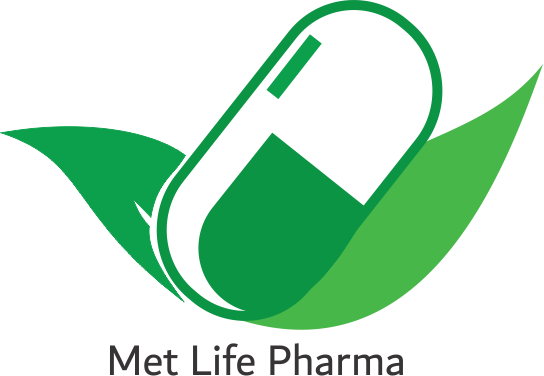A generic medicine is a medicine that is an equivalent substitute to a brand name drug. Generic medicines contain the same active ingredients as the original brand products, and are available in the same strengths and dosage forms as the originals. A generic drug must work the same way in your body and produce the same treatment result as the brand name drug1.
The U.S. Food and Drug Administration (FDA) requires generics to be identical to or within an acceptable bioequivalent range of their brand-name counterparts, with respect to pharmacokinetic and pharmacodynamic properties. (The FDA’s use of the word “identical” is a legal interpretation, not literal.)
Yes. Generic drugs are heavily regulated and go through a rigorous review process before they’re approved. The FDA tests them to make sure they offer the same benefits as brand-name medications and that any different ingredients used in the generic drug are safe
The brand name of a medication is the name given by the company that makes the drug and is usually easy to say for sales and marketing purposes. The generic name, on the other hand, is the name of the active ingredient
A generic medicine is the same as a brand-name medicine in dosage, safety, effectiveness, strength, stability, and quality, as well as in the way it is taken and should be used. The FDA Generic Drugs Program conducts a rigorous review to make sure generic medicines meet these requirements
Cipla, Lupin Pharmaceuticals,Sun Pharmaceuticals ,Sandoz, Mylan NV , Teva Pharmaceutical Industries Ltd
It is best practiced in institutional settings under the overall supervision of a physician, with approved formularies and functioning Drug and Therapeutic committee. In most cases, substitution can be acceptable and beneficial provided all stakeholders in the matter consent to it.
YES. By law, the pharmacist has to fill the prescription the way it’s written, so if the doctor writes “Do not substitute,” that will be honored. But keep in mind that generic drugs go through rigorous testing and are as effective and safe as the brand-name original.
Sometimes the generic version of a drug may have a different color or shape from the innovative original. That’s because the appearance of a brand-name drug may be proprietary to the original manufacturer, so the generic product might be required to be a different shape or color. But, the active or key ingredients must be the same2.
